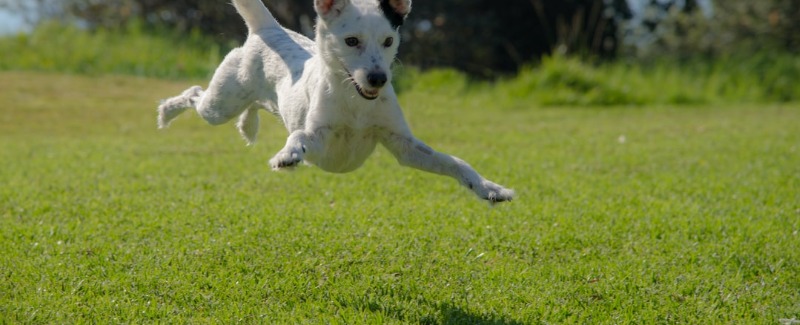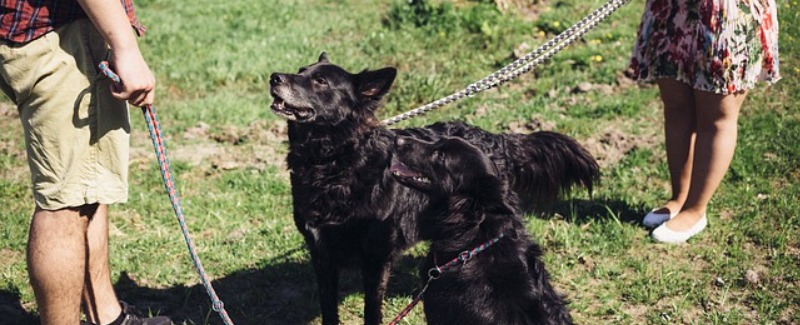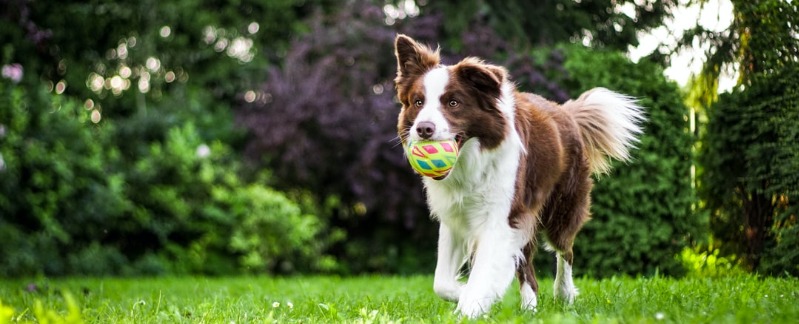Getting stimulus control of behaviors is a fancy way to say that your dog responds to your cues or commands with the correct behavior. There are two basic ways that you can communicate your commands to your dog: verbal or visual. Because people are verbal, we tend to teach verbal commands. Because dogs are visual, not verbal, they tend to have an easier time with commands they can see, like hand signals or other physical cues. It doesn’t need to be an either-or situation though; you can easily teach your dog both visual and verbal cues.
Visual Cues
You can easily teach your dog hand signals for the sit, down, and stand while you are first luring the positions. Be conscious of your own body and how you’re moving your hands. Exaggerate the beginning of the movement, then follow through with the rest of your hand lure. Do it the same way every time (practice without your dog in the mirror if necessary), and pretty soon, your dog will perform the behavior when he sees the exaggerated beginning instead of waiting for the rest of the lure motion. (Have a party the first time he does!) For example, for the down hand signal, start by pushing your open hand straight toward your dog, then follow through with the rest of the lure motion. Whatever your hand signals are, try to make them something that your dog will eventually be able to see from a distance.
For maximum signal impact, it’s helpful to face your dog. If you have a small dog, work her on an elevated surface, like a grooming table, or on top of her crate.
Verbal Commands
When you first start teaching your dog the positions, you will be using the position’s associated command just once, as your dog is assuming the correct position. After several days, depending on the frequency of your training sessions (about 75 repetitions), test your command by giving it before you follow through with whatever method you’re using to get the behavior. If your dog responds correctly, have a party! If not, continue as you were for another few days and try again.
Jackpot! If your dog has a light-bulb moment and makes a breakthrough in training, have a mini party. Make a big deal about what your dog did right, with lots of praise and several treats given one at a time to prolong the impact. Quit the session on the big success.
Adding a Second Cue
If your dog already knows and responds reliably to one type of cue, it’s easy to add a second cue. Give the new cue, followed within a few seconds by the known cue, and supported with help (luring, modeling) if necessary. So, you might say “Down,” followed by your “Down” hand signal and lure (only if necessary). Do five repetitions per set. After several sessions, give just the new cue, and help if necessary.



